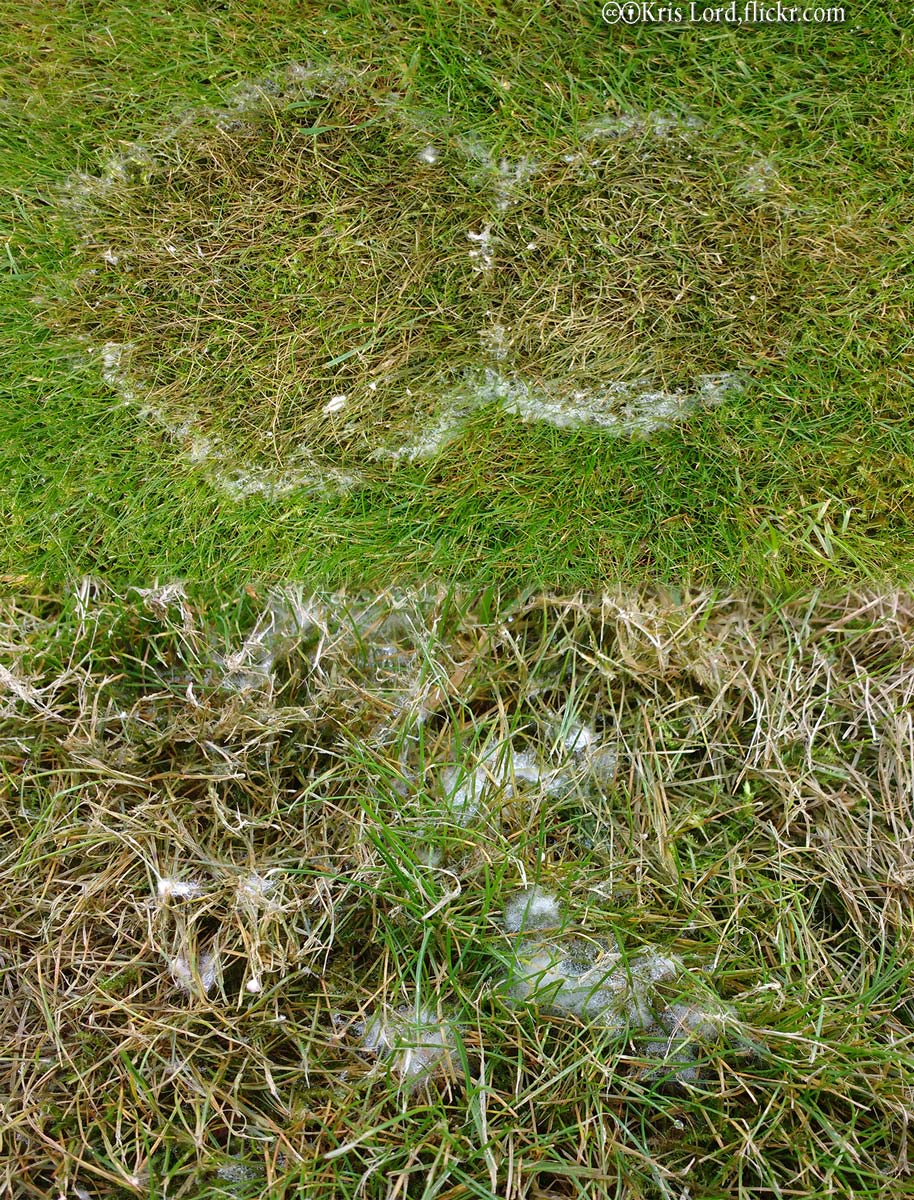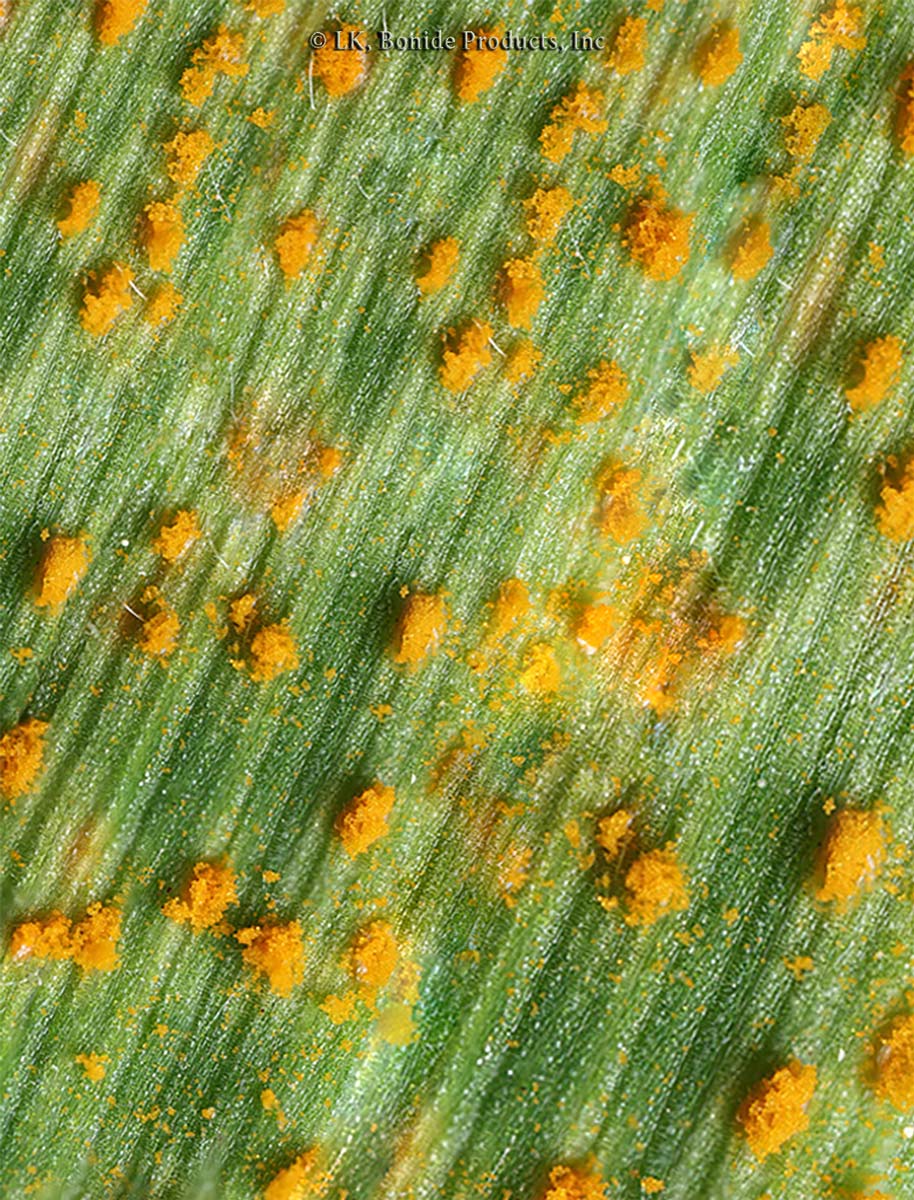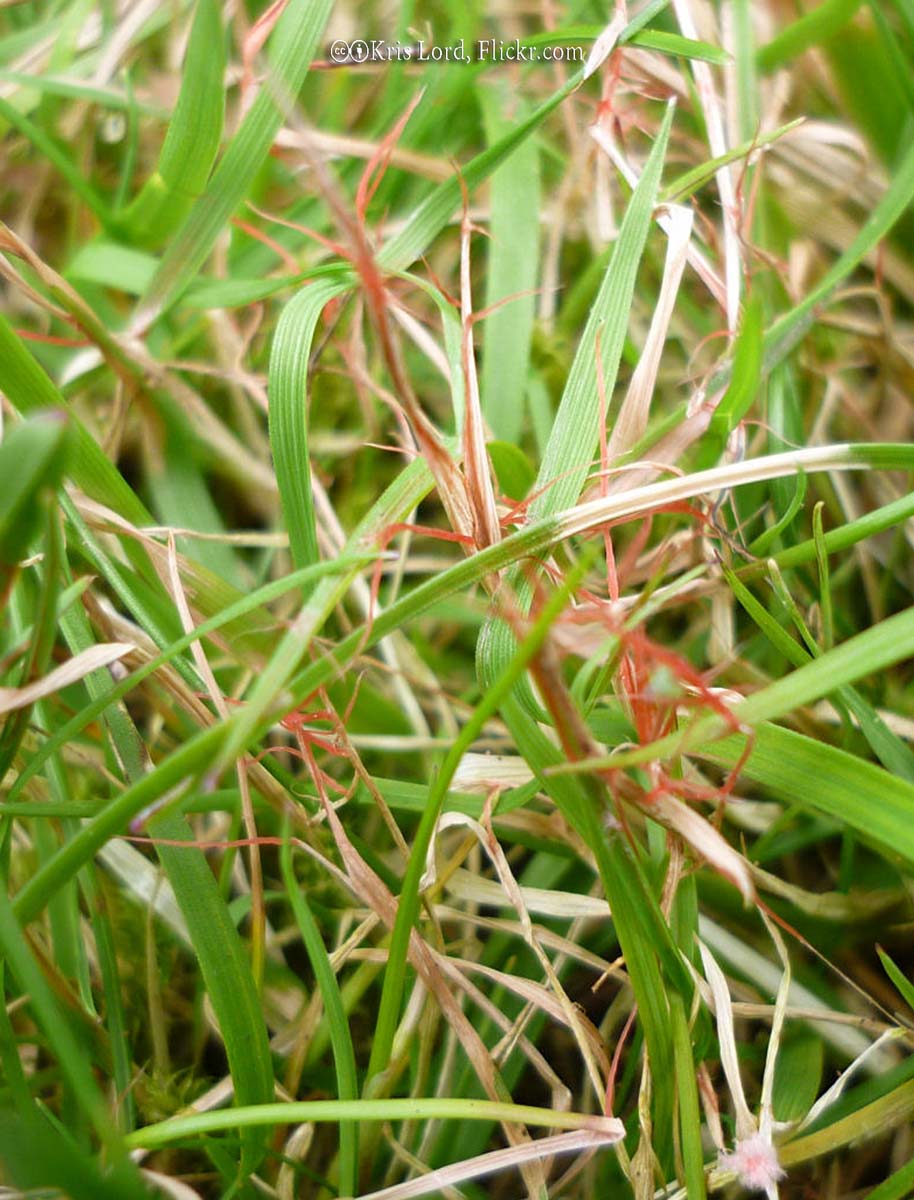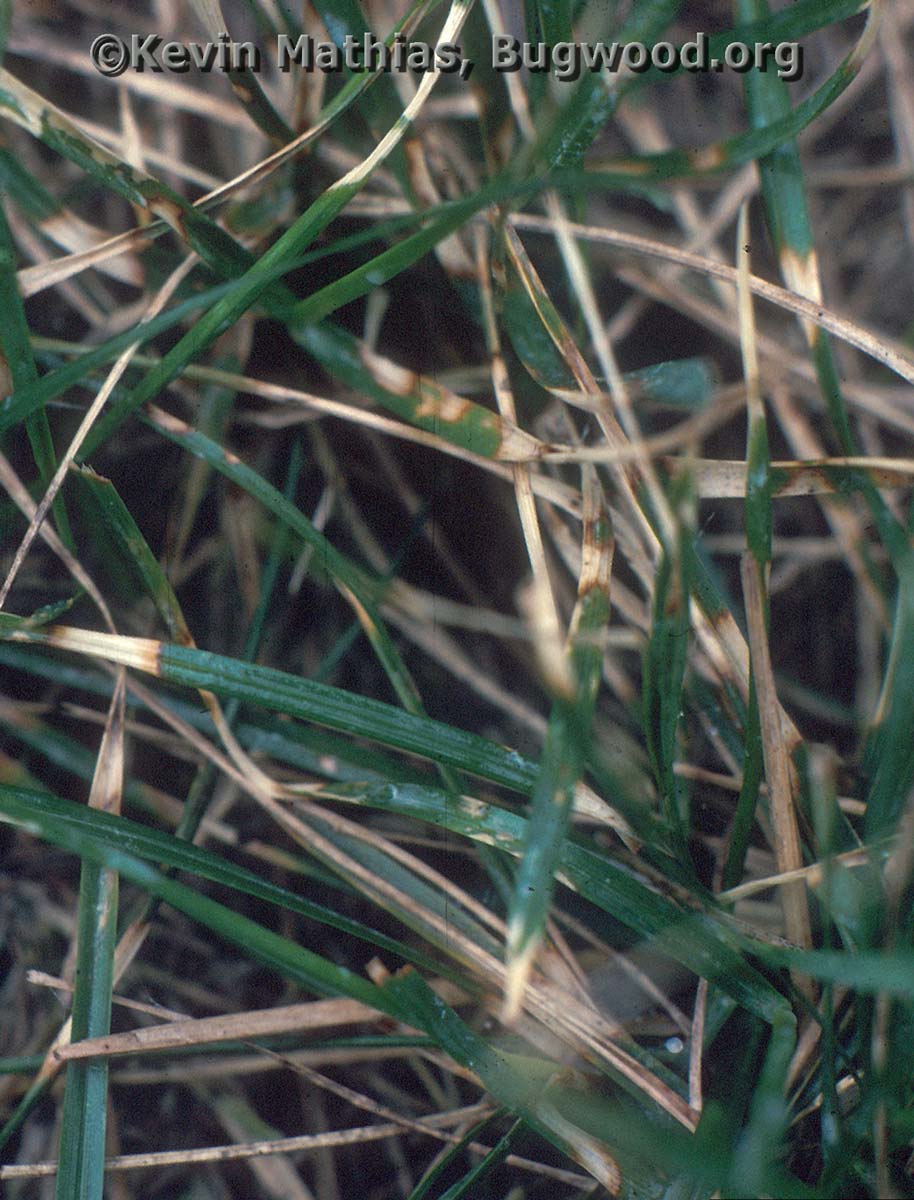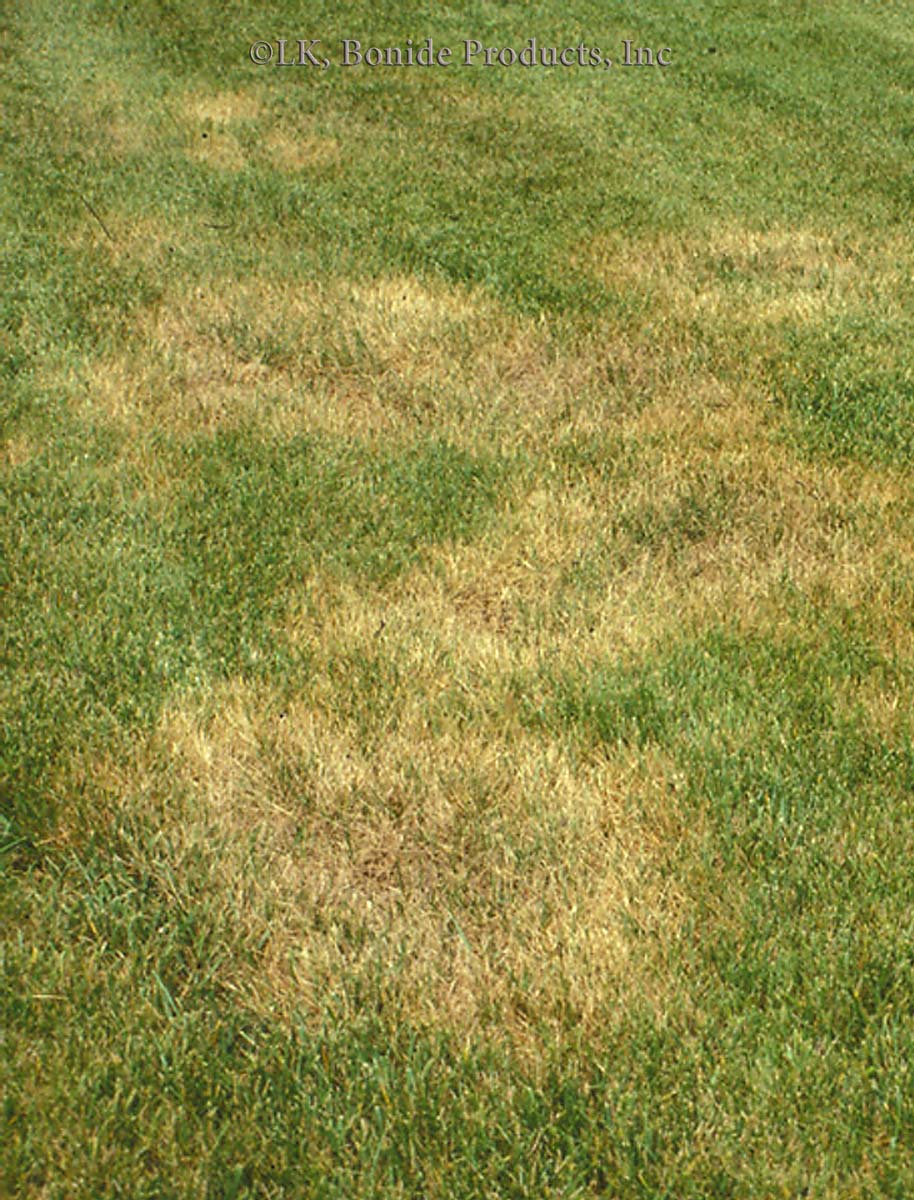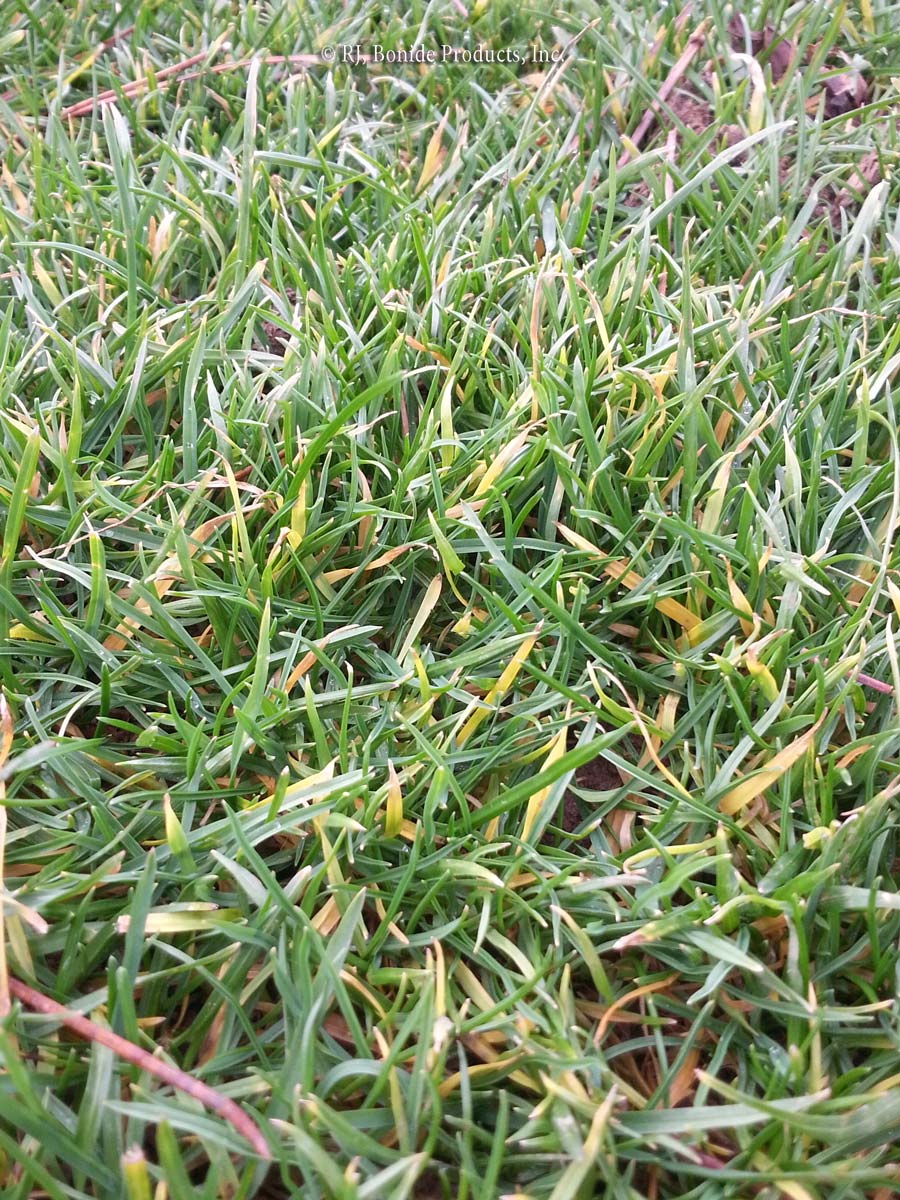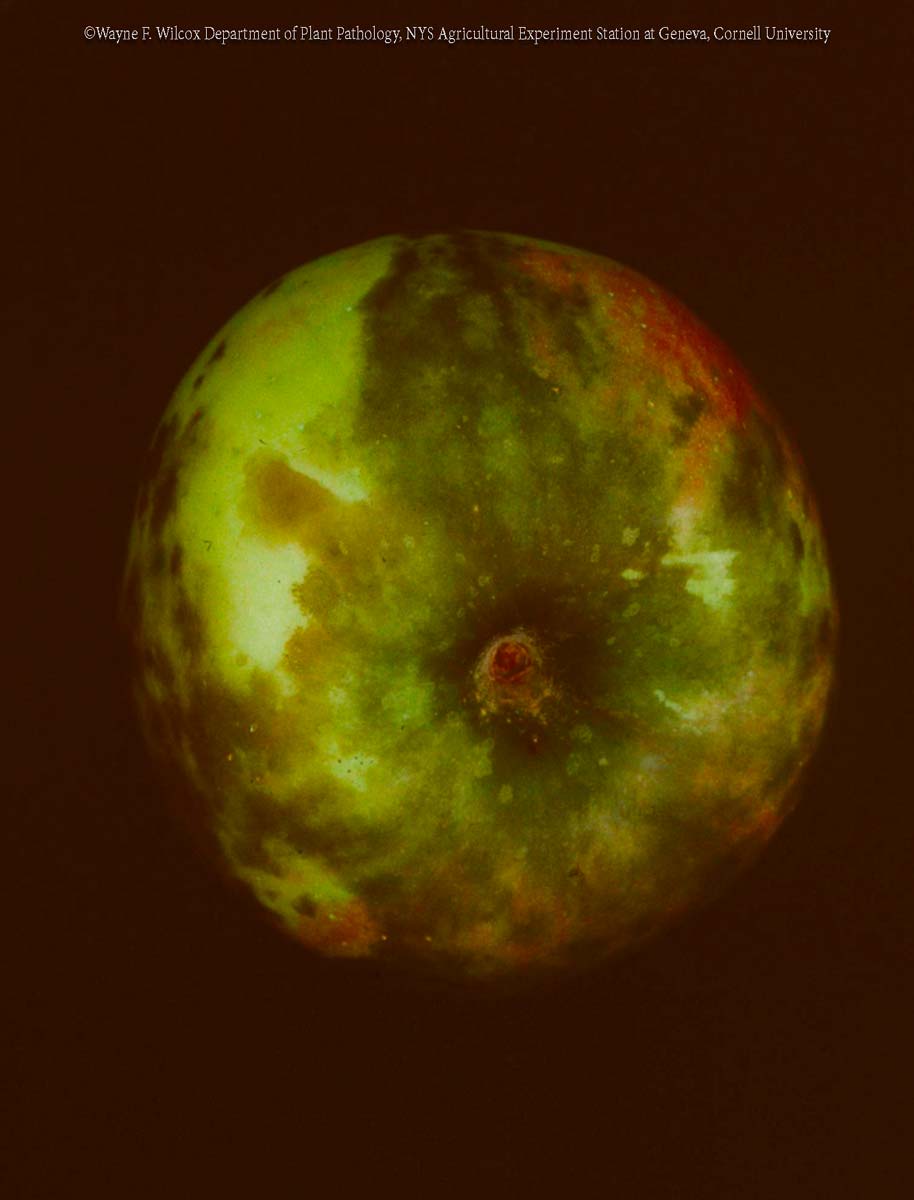Snow Molds
Snow molds show up in at least two forms; both prosper in wet, cold weather, especially if grass remains soaked for long periods. Gray snow mold causes irregular dead, bleached patches up to 2 feet across; gray mold is visible on the grass. Pink snow mold produces circular, light brown patches, sometimes blotched with pink … Read more
